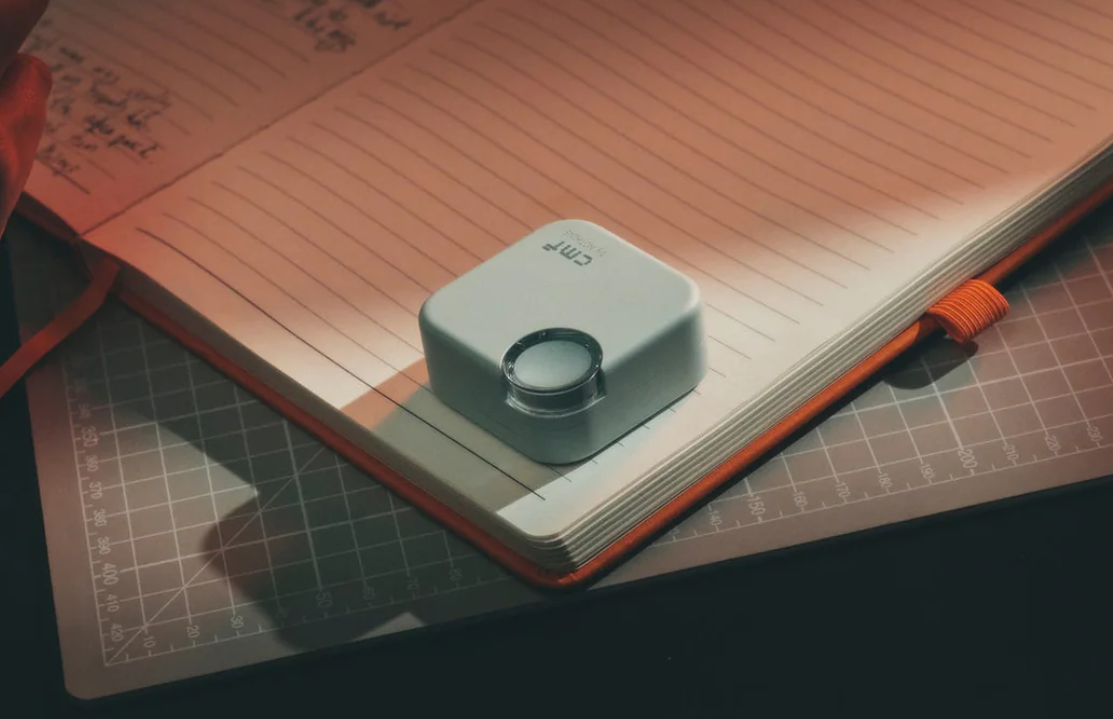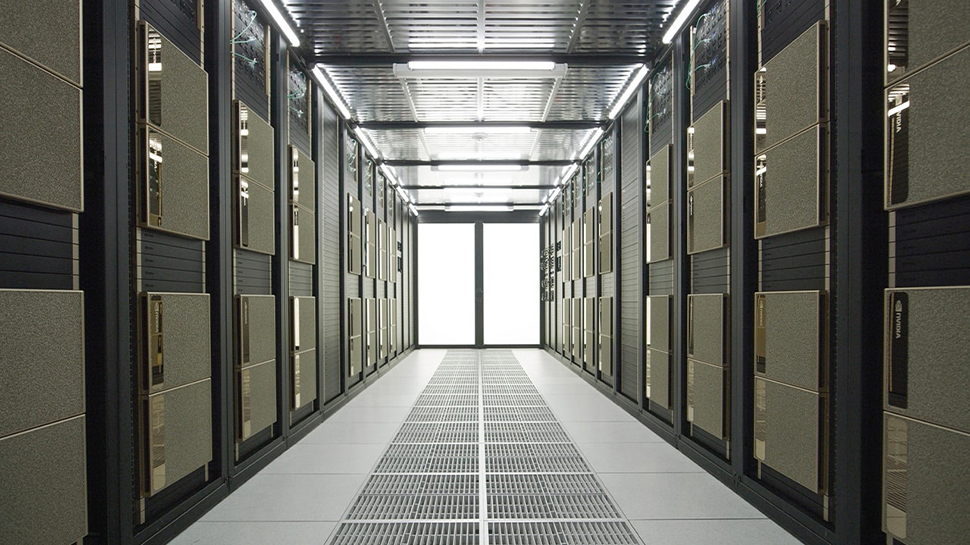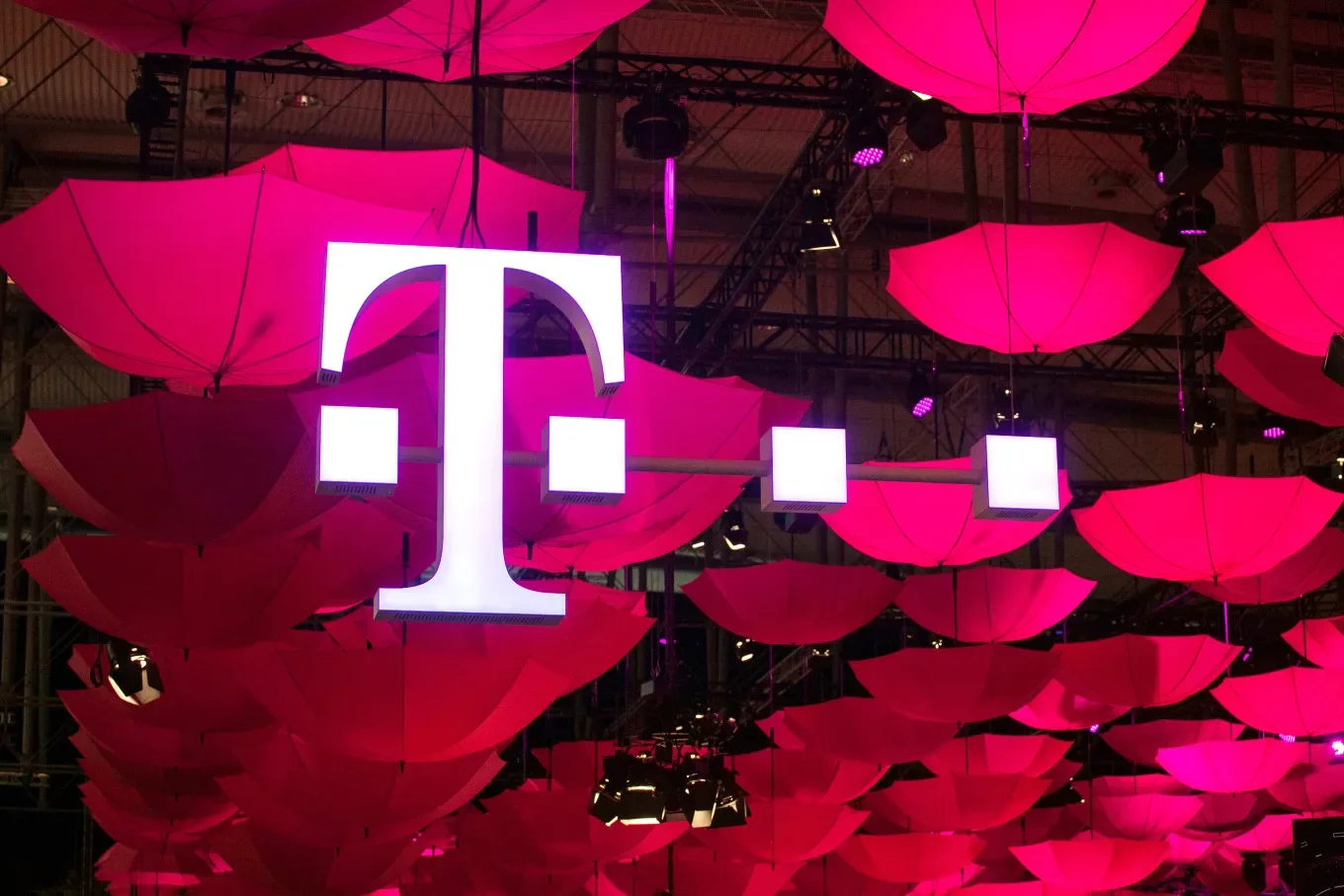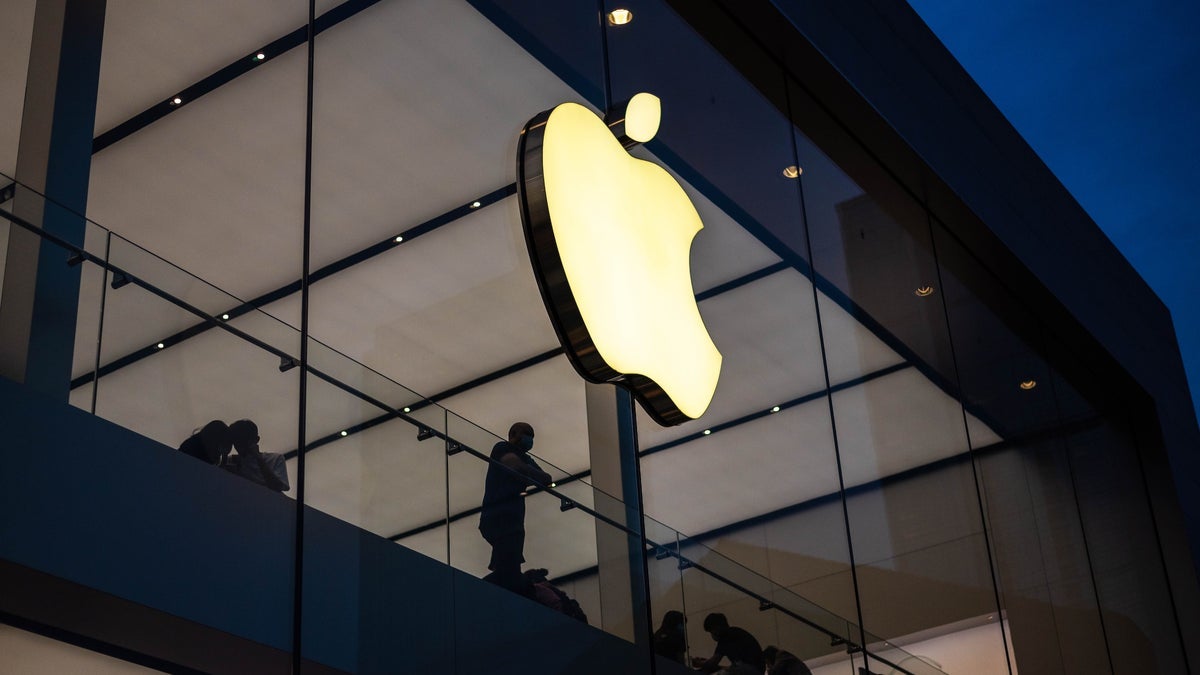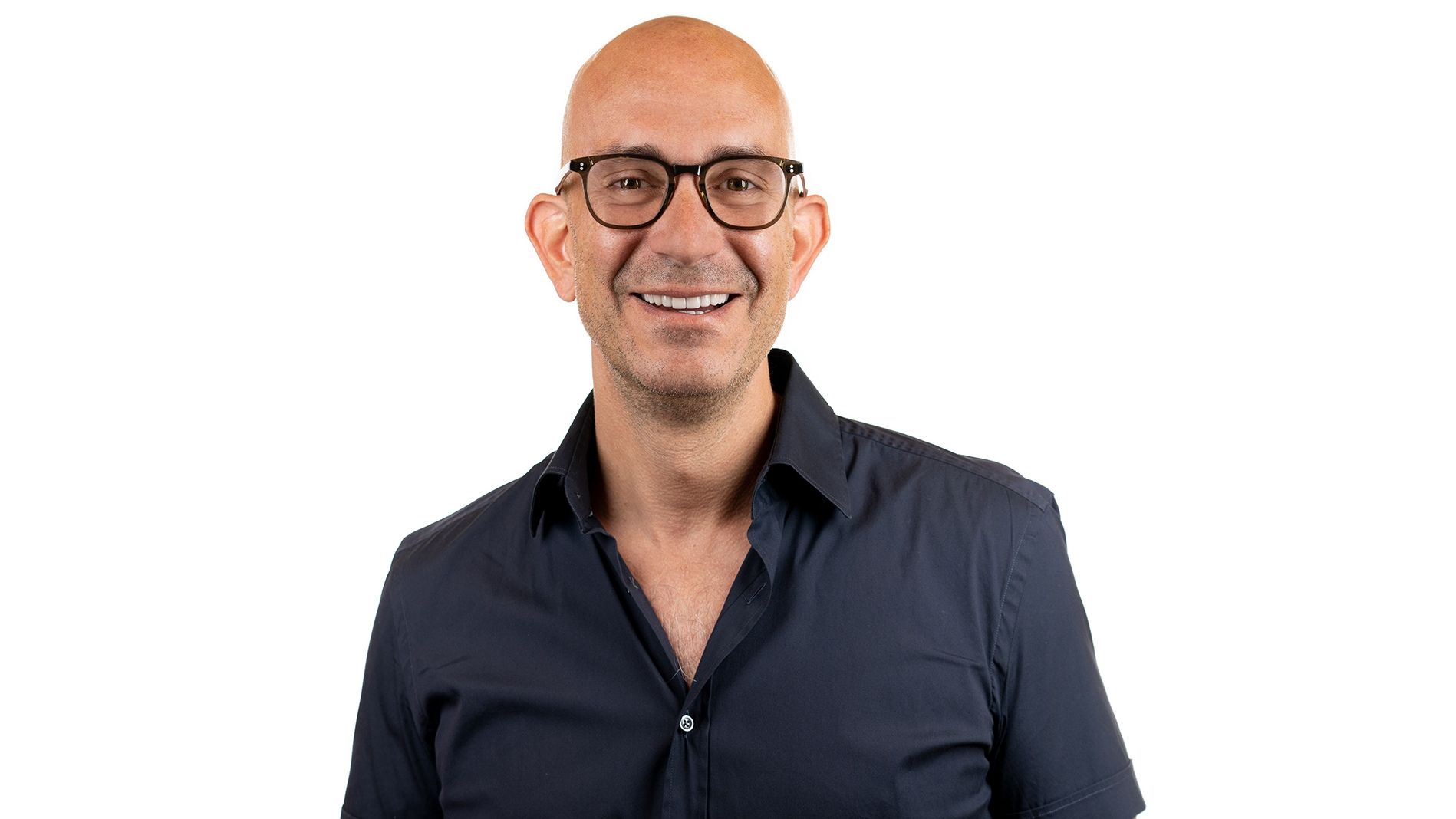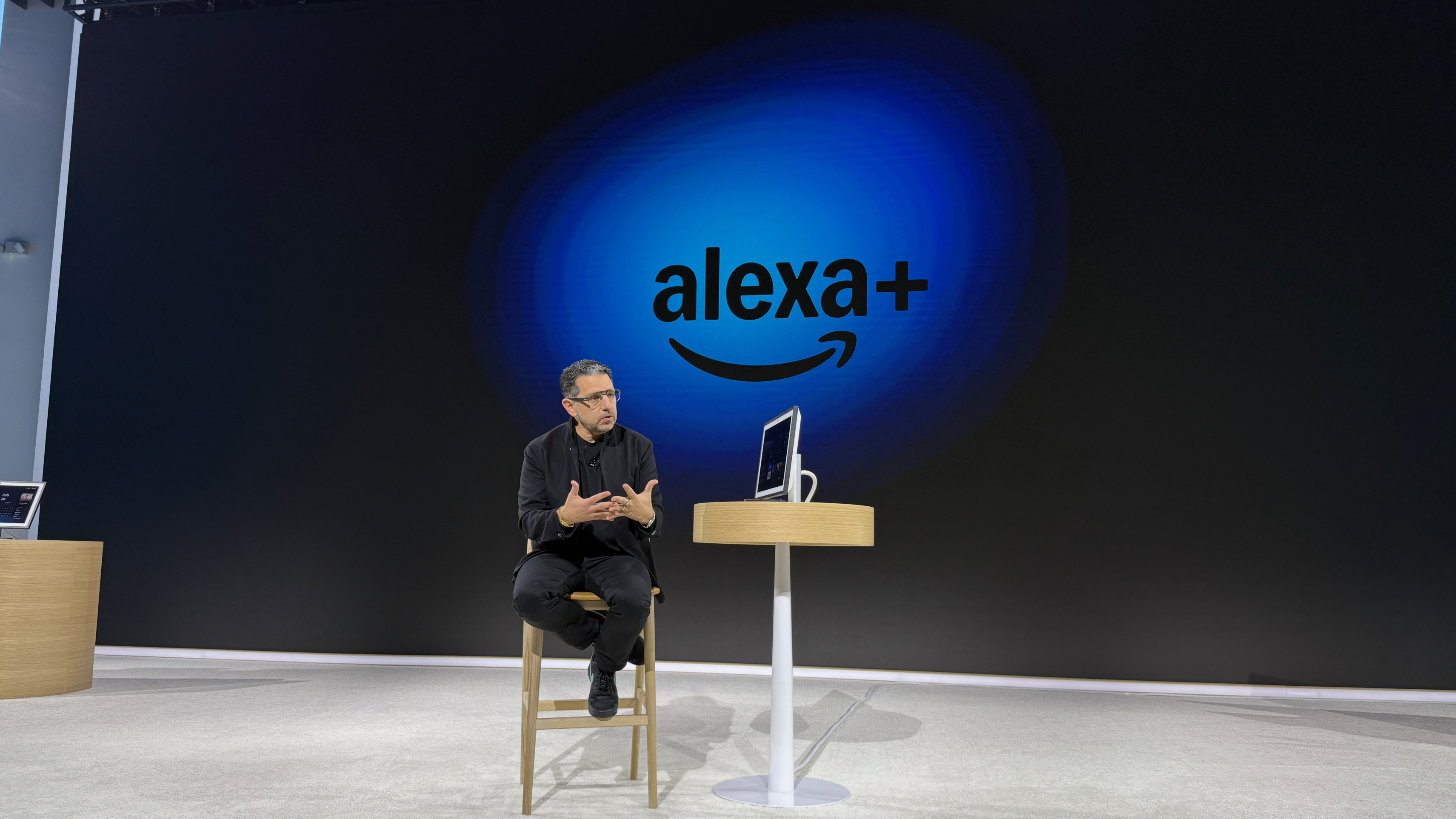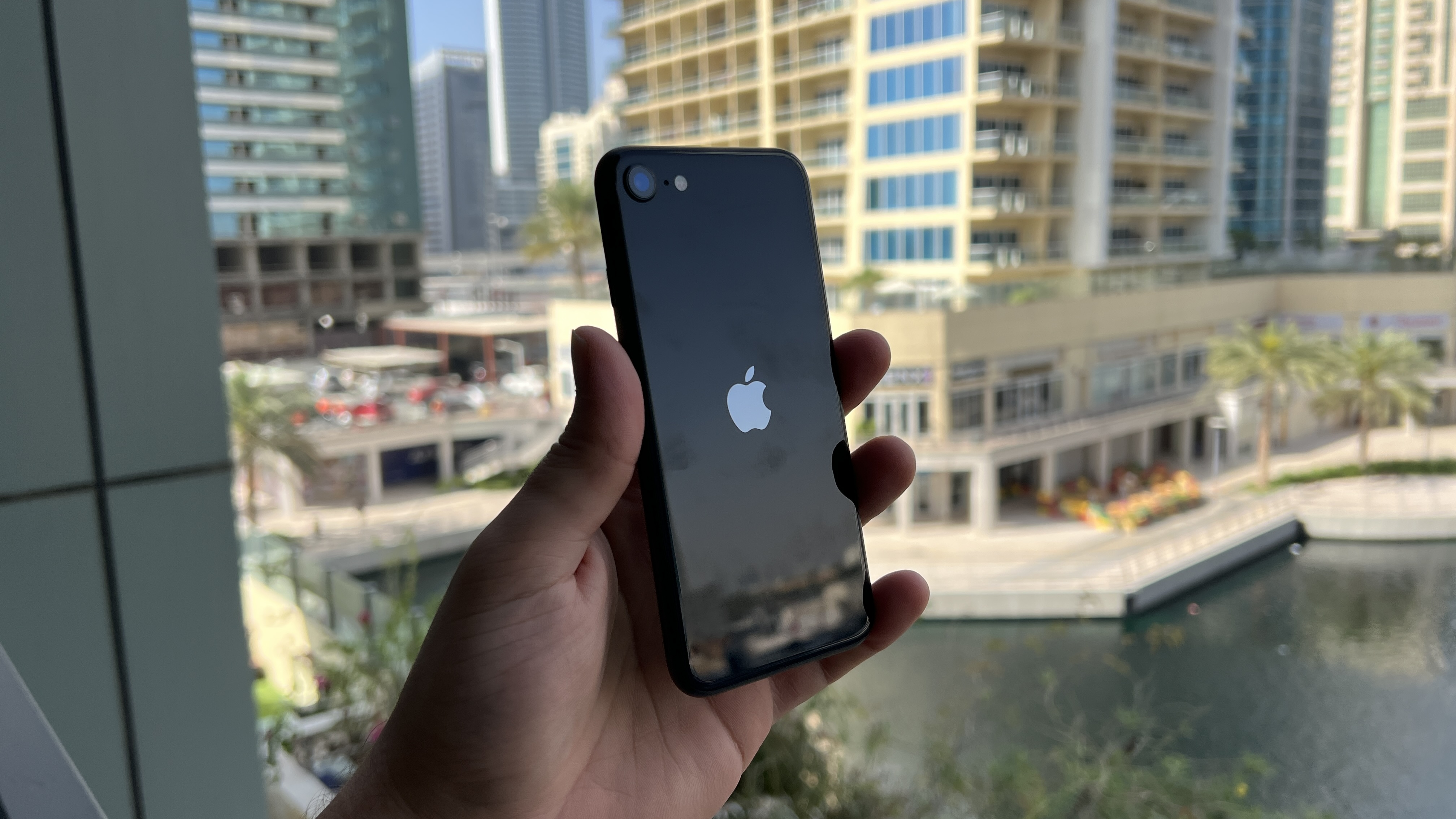Microsoft signs a major new carbon removal deal to try and help minimize environmental effects even further
In an effort to minimize its environmental impact, Microsoft will buy a further 3.7 million metric tons of carbon removal credits.

- Microsoft will purchase 3.685 million tons of carbon removal credits over 12 years
- Carbon will be captured from pulp and paper milling stations
- It will be stored permanently in saline aquifers
Microsoft has confirmed plans to buy 3.685 million metric tons of carbon removal credits from CO280 as part of an agreement that will last 12 years.
Expected to start in 2028, the project will be located at Gulf Coast pulp and paper mills and will cover emissions from CO280’s first carbon capture project.
Likely to be one of the largest engineered carbon removal purchases to date, it will both help Microsoft to become carbon negative by 2030 and continue its onward journey in the years that follow.
Microsoft signs 12-year deal for carbon removal
Microsoft already uses a mix of renewable energy and carbon removal credits to reach its climate goals, however a lot has changed in recent years with a surge in demand for artificial intelligence, which is built on the power- and resource-hungry foundation of huge data centers.
The company has been candid about these challenges, noting that greenhouse gas emissions have been rising. In 2023, Microsoft produced 17.2 million metric tons of Scope 1, 2 and 3 greenhouse gases, up from 16.5 million, 14.4 million and 12.3 million metric tons in the three preceding years.
It’s hard to say whether the company is on track to meet its 2030 deadline given the rapidly advancing rate of technology, however its longer-term plans are to remove all historic emissions since its founding in 1975.
CO280’s strategy involves retrofitting pulp and paper mills with carbon capture systems based on amine-based capture tech, permanently storing carbon underground in saline aquifers.
“The CO280 strategy of adding carbon removal to existing paper mills is an efficient way to quickly scale carbon removal and bolster investment and jobs into timberland communities across the United States,” Microsoft Senior Director of Energy & Carbon Removal Brian Marrs commented.
More broadly, Microsoft has other sustainability plans to minimize its footprint globally, including purchasing 1.5 million tons in credits via an afforestation project in India, 1.6 million tons in credits over 30 years in Panama and over seven million tons in credits over 25 years with New York-based Chestnut Carbon.
You might also like
- We’ve listed the best green web hosting providers
- Check out the best AI tools and best AI writers you can use today
- Microsoft reveals major rise in carbon emissions as AI work hits green push
















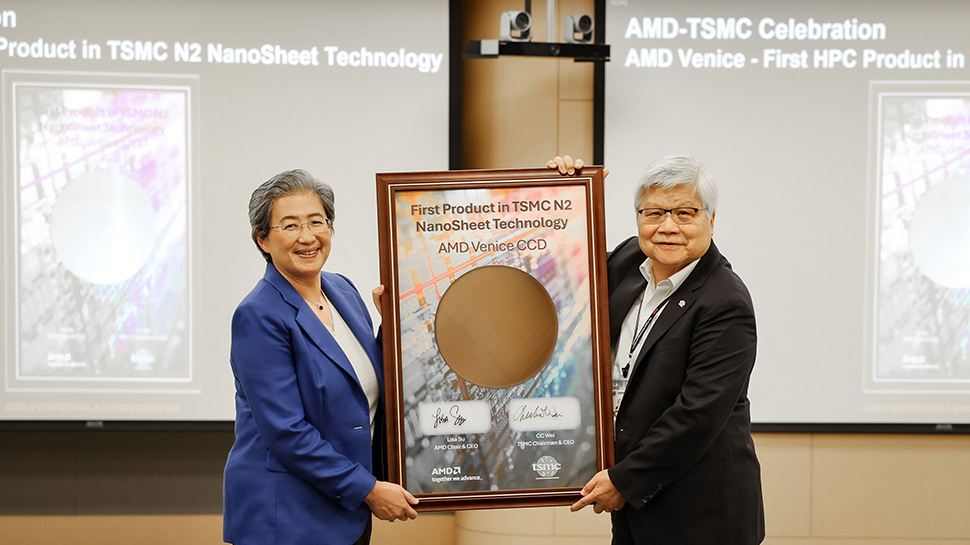
























































































































































![[The AI Show Episode 144]: ChatGPT’s New Memory, Shopify CEO’s Leaked “AI First” Memo, Google Cloud Next Releases, o3 and o4-mini Coming Soon & Llama 4’s Rocky Launch](https://www.marketingaiinstitute.com/hubfs/ep%20144%20cover.png)















































































































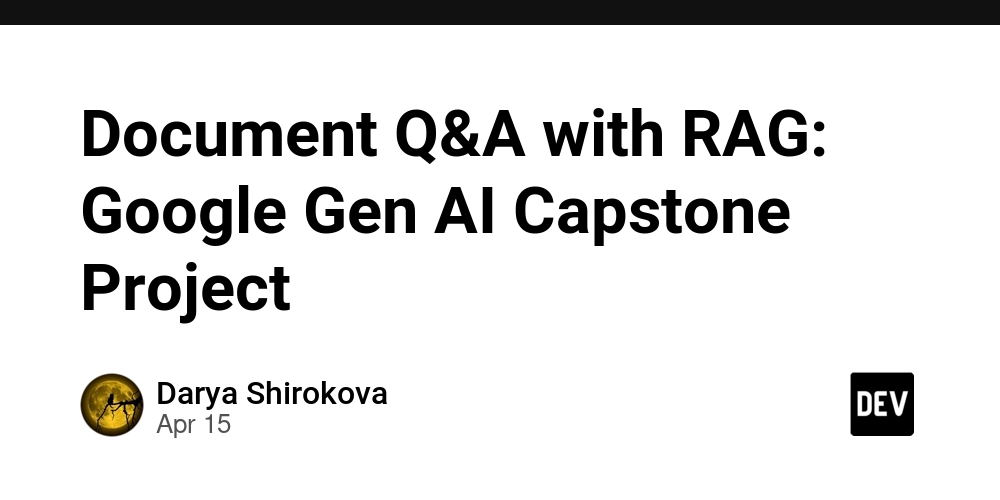
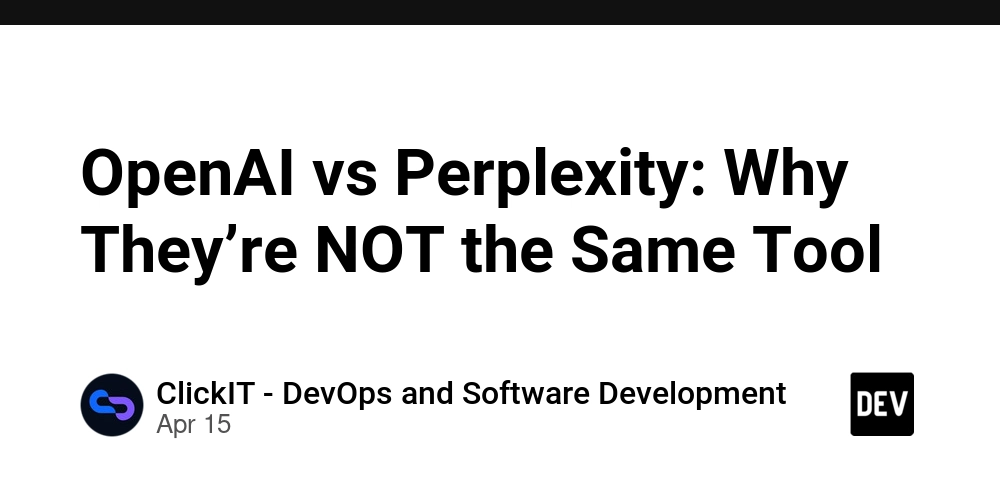





















































































![Blue Archive tier list [April 2025]](https://media.pocketgamer.com/artwork/na-33404-1636469504/blue-archive-screenshot-2.jpg?#)






























.png?#)











-Baldur’s-Gate-3-The-Final-Patch---An-Animated-Short-00-03-43.png?width=1920&height=1920&fit=bounds&quality=70&format=jpg&auto=webp#)














































































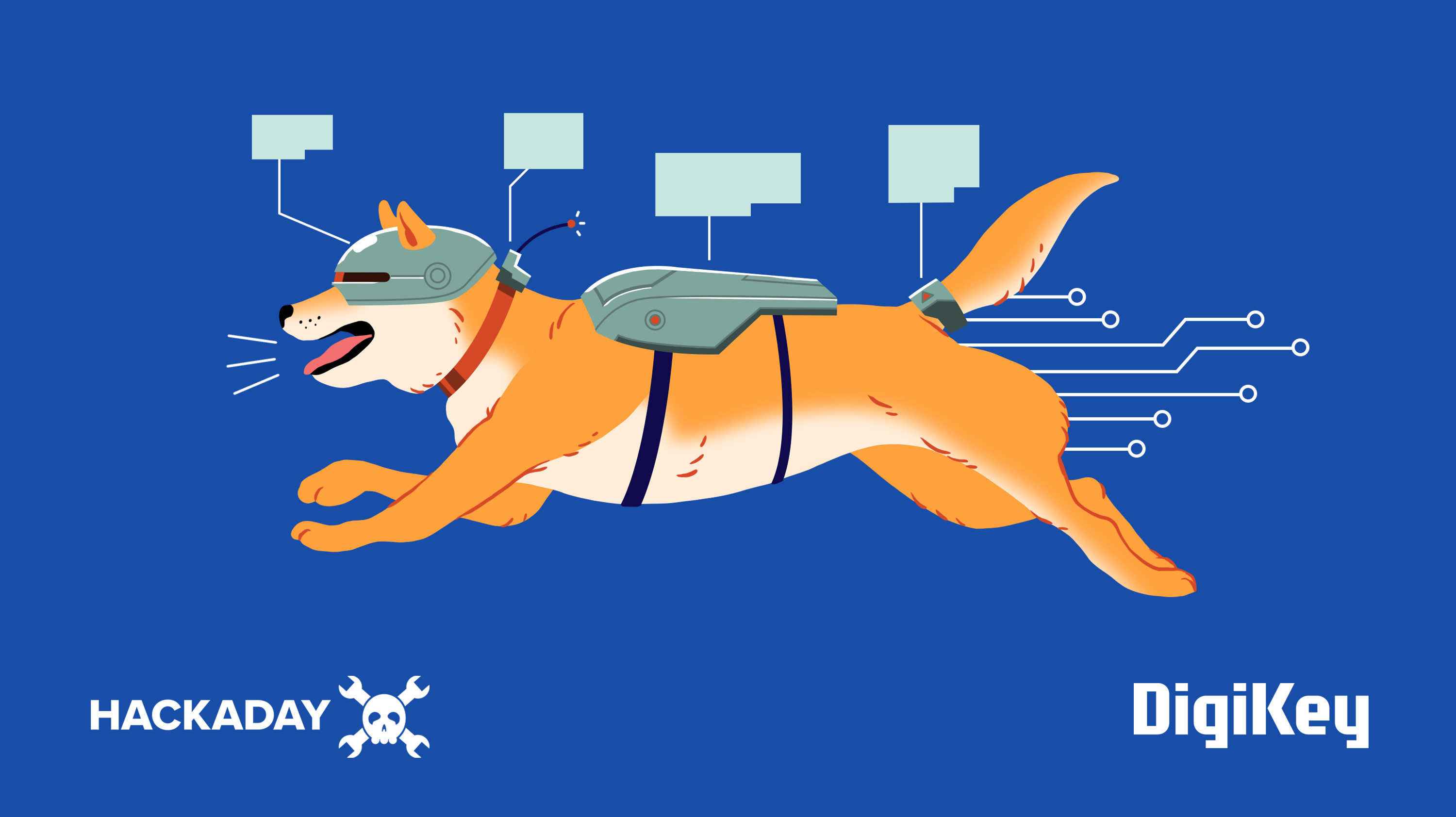





















































![Apple's Foldable iPhone May Cost Between $2100 and $2300 [Rumor]](https://www.iclarified.com/images/news/97028/97028/97028-640.jpg)
![Apple Releases Public Betas of iOS 18.5, iPadOS 18.5, macOS Sequoia 15.5 [Download]](https://www.iclarified.com/images/news/97024/97024/97024-640.jpg)
![Apple to Launch In-Store Recycling Promotion Tomorrow, Up to $20 Off Accessories [Gurman]](https://www.iclarified.com/images/news/97023/97023/97023-640.jpg)













